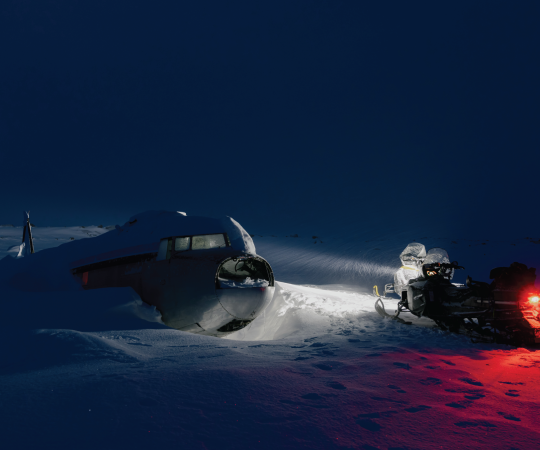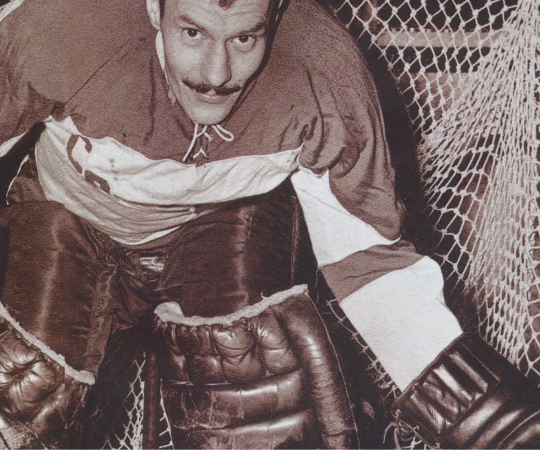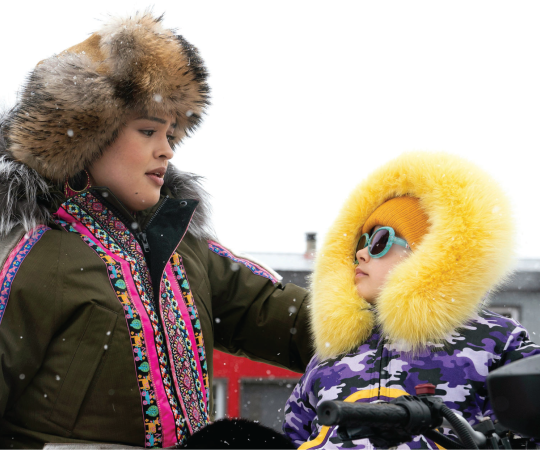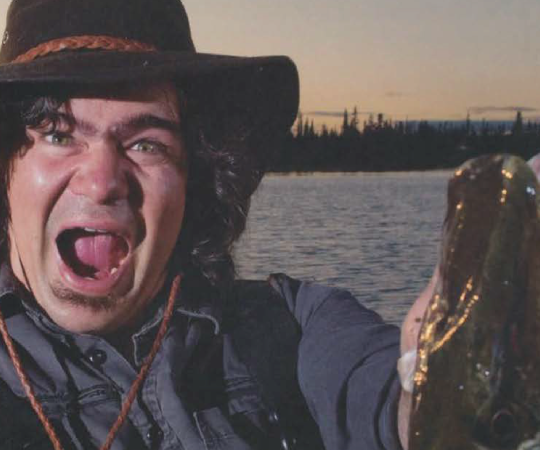Cat McGurk steps outside onto the frozen lake, where the solid snow-covered ice stretches out to the horizon. With a deep breath, she takes off her boots and dips her feet into the icy water in front of her.
She steadies her breathing to ward off the cold as she slips deeper into the lake, until she’s completely submerged, water rippling over the crown of her head.
It is the dead of winter on Yellowknife’s Latham Island and diving into the icy waters has become a ritual for McGurk.
“It’s a really meditative practice,” she says. “I’ve never been able to access meditation in any meaningful way, but when I’m in the water everything kind of drifts away, and I’m in that moment.”
As a born-and-raised Yellowknifer, McGurk says she has always been drawn to cold water. Even as a child, she used to go swimming every spring while there was still some lingering ice in the lake. As she got older, jumping into the water became more than just a thrill. It’s equivalent to an exercise many doctors prescribe for anxiety.
“If you put an ice pack on the back of your neck and you put your head between your knees for about 30 seconds or so you get the same effect from putting your head under cold water. It’s supposed to trigger something in your body which pulls you out of where you’re at and into another headspace,” she explains.
For those wanting to try it out, McGurk warns there are safety precautions to consider first. Breathing exercises are essential to regulate your body temperature.
“If you don’t do the breathing exercises, it is actually pretty painful.”
It’s also something to start practicing with other people around, in case something goes wrong.
And while a midwinter dunk in a frozen lake may seem daunting, McGurk can attest it has offered her real solace.
“Every time, it’s a little hard to get into the water, but I always feel incredible afterwards and it always feels like a relief,” she says. “And it’s good to have that release every day.”










